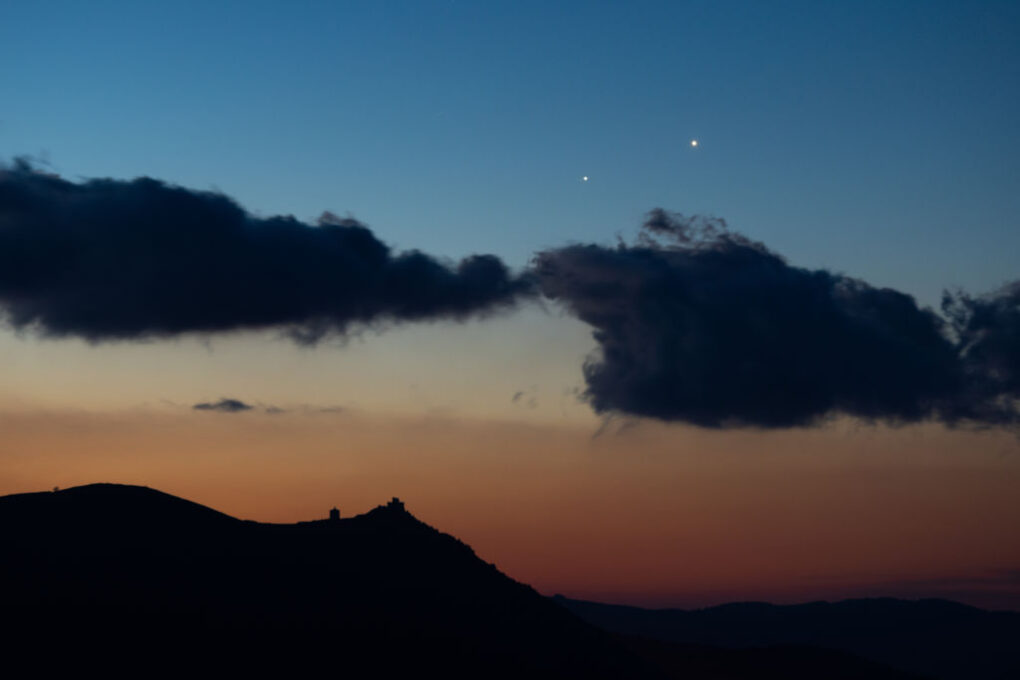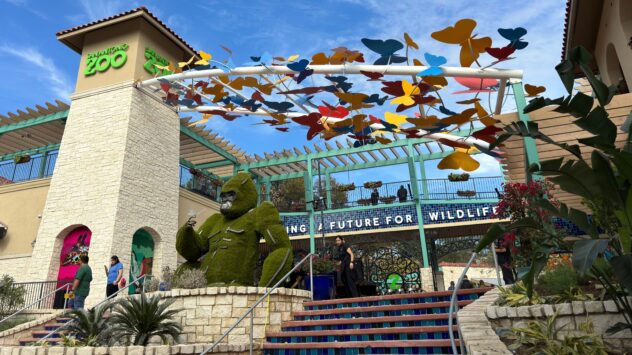Venus and Jupiter are visible over Texas skies. Here’s why.

Texans may have noticed that Jupiter and Venus have been dancing closer to each other in the night’s sky all month long, and the two planets will get closer than ever as we slide closer to springtime.
The two planets will get in the closest conjunction on Wednesday, March 1, NASA said, and will only appear one full moon’s width, also measured as a half a degree, apart. The visual wonder’s closest approach will be viewable at by Texans just after sunset, as long as skies are clear.
Following the visual alignment, Venus will rise in the sky each evening through March while Jupiter will drop closer to the horizon, and by the end of the month will be difficult to spot during sunset, according to EarthSky.
Jupiter and Venus will generally line up for a conjunction once per year, according to physics and astronomy professor at Rice University Dr. Patrick M. Hartigan, and the celestial conjunction on March 1 is considered one of the “best” in terms of where it happens in the sky and when it happens. Hartigan noted that a conjunction slated to take place on November 2, 2039, will be the best one to happen since 2000, so mark your calendars.
The San Antonio Astronomical Association is holding the weekly Star Party at Raymond Rimkus Park from 6:30 to 9 p.m. on Wednesday. Sunset is expected at 6:36 p.m., according to NASA. The park is located at 6440 Evers Road, Leon Valley, TX 78238.
San Antonians can visit the Curtis Vaughan Jr. Observatory at UTSA on Friday, March 3, for a stargazing community event starting at sunset. The event happens on the first Friday of every month. The observatory is located on the fourth floor of the Flawn Science Building on the UTSA Main Campus.
On March 17, the department will hold Friday Night Celestial Nights, which takes place on the third Friday of the month during the fall and spring semester, where the public is invited to enjoy a 30 to 40 minute presentation on recent developments in astronomy and astrophysics followed by stargazing at the school’s observatory, weather permitting. The lecture will begin at 7:30 p.m. in the Flawn Science Building lecture room 2.02.02.

























